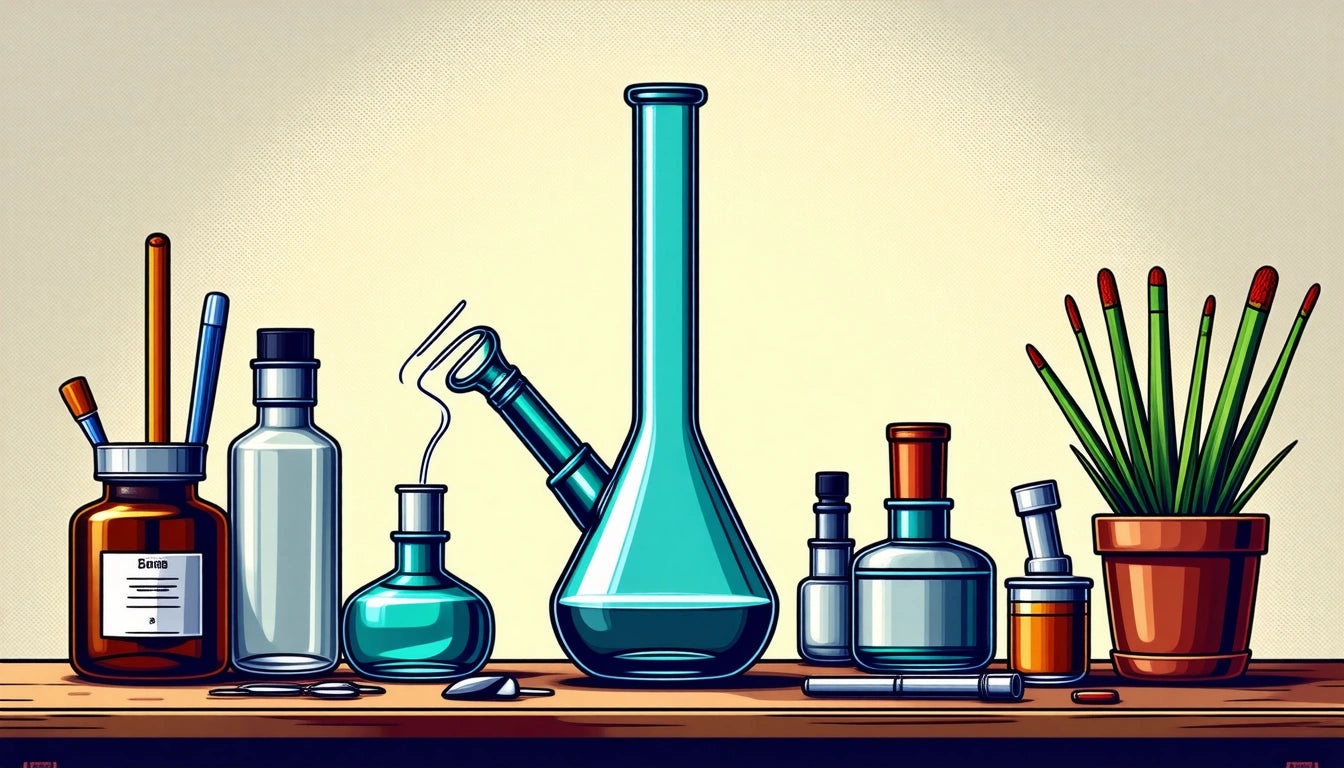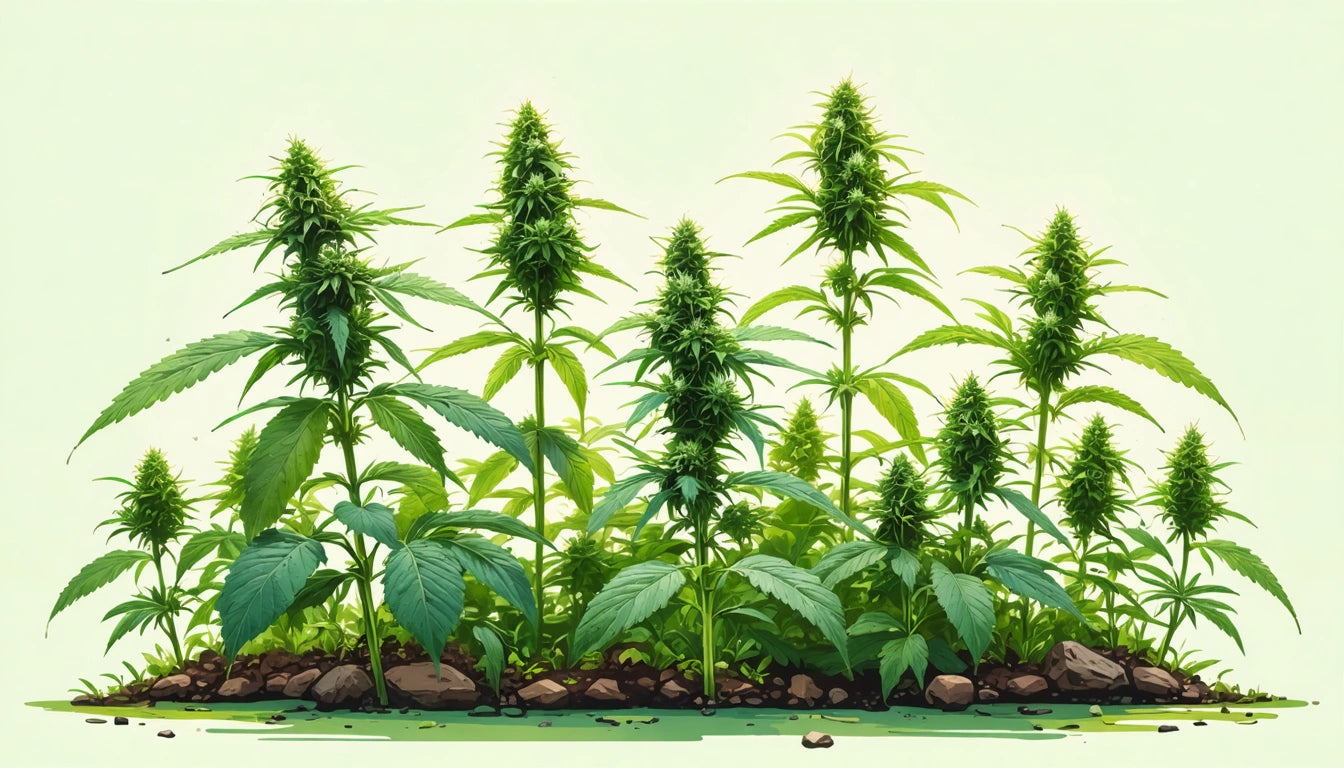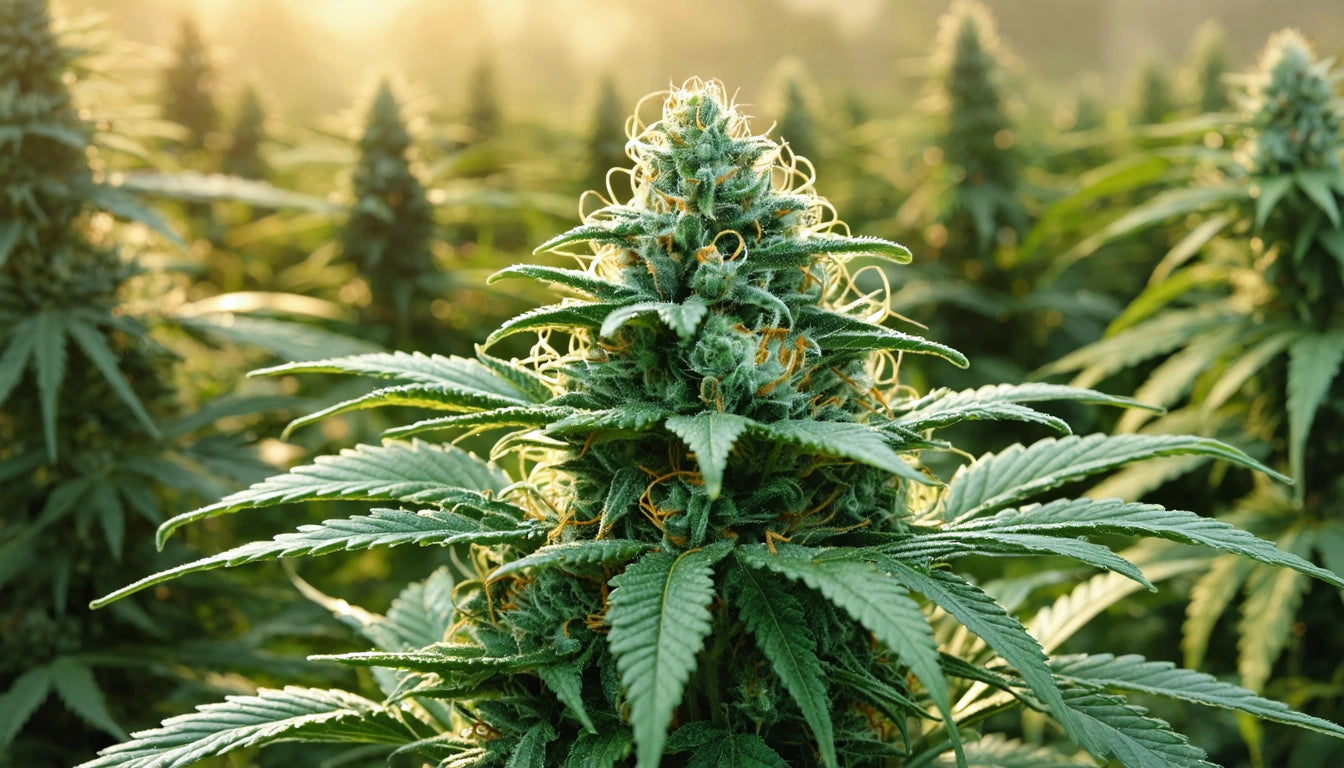Table of Contents
- Understanding Bongs: What They Are and How They Work
- DIY Bong Materials: What You'll Need
- How to Make an Apple Bong: A Natural Alternative
- How to Make a Water Bottle Bong: Step-by-Step Guide
- How to Use a Bong: Proper Technique for Beginners
- Water Levels and Maintenance: Keeping Your Bong Fresh
- Storage Solutions and Best Practices for Bong Owners
The Ultimate Guide to Making and Using Bongs: Tips and Techniques for Beginners
Bongs have been a popular smoking method for centuries, offering smoother hits through water filtration. Whether you're looking to craft a homemade bong from household items or learn how to properly use a store-bought piece, this comprehensive guide covers everything beginners need to know about making, using, and maintaining bongs.
Understanding Bongs: What They Are and How They Work
Before diving into how to make or use a bong, it's important to understand what they are and how they function. A bong is a water pipe used for smoking herbs, utilizing water filtration to cool the smoke and filter out some particulates before inhalation.
The basic components of a bong include:
- Bowl: Where you pack your herbs
- Downstem: The tube connecting the bowl to the water chamber
- Water chamber: Holds water for filtration
- Tube/neck: The main body where smoke travels
- Mouthpiece: Where you inhale from
When you light the herbs and inhale, smoke travels from the bowl, through the downstem, into the water where it's filtered and cooled, then up through the tube to your lungs. For a more detailed explanation of different types of bongs, check out this comprehensive guide to bong types and uses.
DIY Bong Materials: What You'll Need
Making a homemade bong requires some basic materials that you can find around your house. The beauty of DIY bongs is their versatility and accessibility. Here are common materials used for homemade bongs:
Common Household Materials:
- Plastic bottles (water bottles, soda bottles)
- Aluminum foil (though alternatives are recommended)
- Fruits and vegetables (apples, carrots, etc.)
- Pen tubes or straws
- Tape (electrical or duct tape)
- Scissors or a knife
Safer Alternative Materials:
- Glass bottles
- Metal sockets or screens (instead of foil)
- Silicone tubing
- Glass downstem from a broken piece
When selecting materials for your homemade bong, prioritize food-grade and heat-resistant options. For storing small components like screens or bowls, many enthusiasts use secure jar caps with child-resistant features to keep everything organized and safe.
How to Make an Apple Bong: A Natural Alternative
An apple bong is one of the simplest and most natural ways to make a homemade smoking device. It's biodegradable, contains no potentially harmful materials, and imparts a subtle fruity flavor.
Step-by-Step Apple Bong Instructions:
- Select a firm, fresh apple.
- Remove the stem.
- Using a pen or pencil, poke a hole from the top (where the stem was) halfway down into the apple.
- Create a second hole from the side of the apple that intersects with the first hole.
- Make a third hole on the opposite side for a carb (optional).
- The top hole serves as your bowl, the side hole as your mouthpiece.
- Pack your herbs into the natural bowl at the top.
Apple bongs are perfect for beginners and situations where discretion is needed. They're easy to dispose of and leave minimal evidence behind. For more creative DIY smoking accessories, explore this guide to DIY smoking accessories.
How to Make a Water Bottle Bong: Step-by-Step Guide
A water bottle bong is perhaps the most common homemade smoking device due to the widespread availability of plastic bottles.
Materials Needed:
- Plastic water bottle
- Something for a bowl (metal socket, glass bowl piece)
- Pen tube or other hollow tube
- Scissors or knife
- Water
Instructions to Make a Water Bottle Bong:
- Empty and clean the water bottle.
- Create a hole about 1-2 inches above the bottom of the bottle.
- Insert your pen tube or downstem at a downward angle through this hole.
- Secure the downstem with tape if necessary, ensuring it's airtight.
- Attach your bowl to the exposed end of the downstem.
- Add water to the bottle until the end of the downstem is submerged.
- Create a carb hole (optional) above the water line.
How to Use a Bong: Proper Technique for Beginners
Whether you're using a homemade or store-bought bong, the technique remains similar. Here's how to use a bong properly:
Step-by-Step Guide to Smoking from a Bong:
- Fill with water: Add enough water to cover the downstem opening by about half an inch.
- Pack the bowl: Grind your herbs and pack them loosely in the bowl.
- Position: Place your mouth on the mouthpiece, creating a seal with your lips.
- Light and inhale: While inhaling gently, light the corner of the bowl.
- Chamber the smoke: The water will bubble as smoke fills the chamber.
- Clear the chamber: Remove the bowl (or release the carb) and inhale more firmly to clear all smoke.
For beginners, start with small hits until you understand your tolerance. For more detailed instructions on using different types of bongs, check out this guide on bong water levels and maintenance.
Water Levels and Maintenance: Keeping Your Bong Fresh
Proper maintenance is crucial for both the longevity of your bong and the quality of your smoking experience.
Water Level Guidelines:
- Too little water: Insufficient filtration and harsher hits
- Too much water: Splashback into your mouth
- Ideal level: Downstem submerged by ½ to 1 inch
Cleaning and Maintenance Tips:
- Change water after each session
- Deep clean weekly using isopropyl alcohol and salt
- Rinse thoroughly after cleaning
- Store in a safe place away from edges
Regular cleaning prevents resin buildup and bacterial growth. For a comprehensive cleaning guide, visit this ultimate guide to cleaning your bong.
Storage Solutions and Best Practices for Bong Owners
Proper storage extends the life of your bong and maintains its functionality. Here are some tips on how to easily store a bong:
- Empty and clean before storage
- Store in a padded case or box
- Keep away from high-traffic areas
- Store disassembled if possible
- Avoid extreme temperatures
- Consider a dedicated cabinet or drawer
For those concerned about discretion, smell-proof cases are available. Additionally, comparing the smell factor of bongs versus other smoking methods can help you make informed decisions about usage contexts, as explained in this comparison of bongs versus joints.
Whether you're crafting a simple apple bong or learning to use a sophisticated glass piece, understanding the basics of bong making and usage enhances your smoking experience. With proper technique and maintenance, your homemade or purchased bong can provide smooth, filtered hits for many sessions to come.











Leave a comment
All comments are moderated before being published.
This site is protected by hCaptcha and the hCaptcha Privacy Policy and Terms of Service apply.